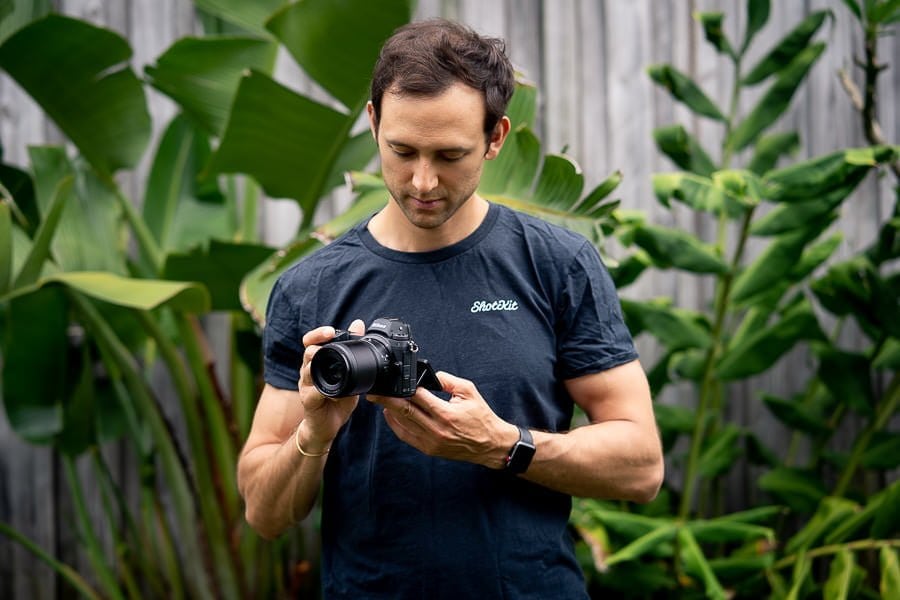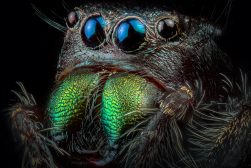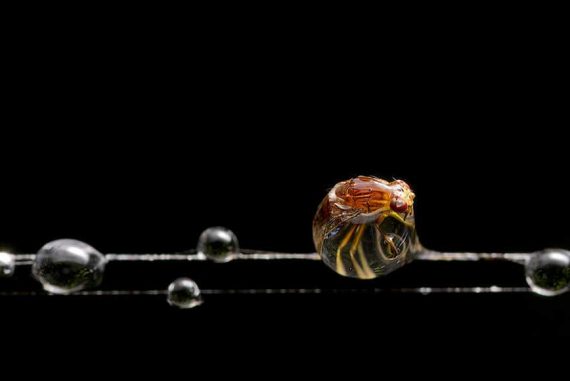Still Life & Macro Photographers

I love a good tilt-screen! Checking out the build of the Nikon Z6 in my back garden.
I'm a full-time wedding photographer originally from the UK, currently residing in a small town near Byron Bay in Australia. I've been shooting weddings professionally for close to 10 years, having traveled all over the world doing what I love.
Occasionally I'll get paid to photograph families, events and even real estate, but weddings are my bread and butter.
I'm also the founder of Shotkit, having created it back in 2014 to peek inside the bags of my favourite photographers.
When I'm not reviewing the latest camera bag or testing out editing software, you can find me on some form of leg-powered two-wheeler, be it my gravel, road or mountain bike.
... although I am thinking about getting an e-mtb too :)
Website | Instagram | LinkedIn
My Latest Articles:
Looking to find the right gear for your still life or macro photography?
Maybe it’s a genre you’re keen to get into but you have no idea where to start. Or maybe you have some experience but want to improve your still life or macro photography game.
Well, here’s a resource that can help. We’ve asked some still life and macro photographers to open up their camera kits and tell us all about what’s inside.
This can help you in a few different ways. Firstly, you’ll get to see some of their work – and seeing the work of others is always a good way to expand your horizons and find inspiration.
And secondly, you can learn from the trial and error they’ve been through to get their camera equipment where it is today. Why do they use particular lenses? What do they love about their chosen camera body? And what other extras have helped them take their photography to the next level?
It should be noted that gear tends to differ – lenses especially – between still life and macro photography.
If you have a penchant for taking extremely close-up images of tiny things, you’re going to fall more into the macro category.
If you like taking close-ups of objects more generally (though not necessarily with ample magnification), and if the arrangement of those objects matters to the end result, you’re probably partaking in some kind of still life shoot.
Still life is basically any image that captures an artistic arrangement of inanimate objects. Flowers and fruit are the most traditional subjects, as often spotted in paintings by the old masters.
Nowadays, your arrangements don’t have to include bowls of grapes and dramatically draped bodies of pheasants to be classed as still life (good news, right?).
Still life photography can be realistic or surrealistic, artistic or commercial, modern or classic, and can feature pretty much any object you want to throw at it.
It can even feature products from brands in advertising campaigns, thus overlapping with other genres like fashion and lifestyle photography.
Macro, on the other hand, tends to focus on super-tiny subjects like insects, small animals, the pollenous hearts of flowers in bloom, or droplets of water on a branch… Those minute and barely perceptible worlds that become suddenly breathtaking when magnified.
Cameras used for still life and macro really depend on the preference of the photographer. These days, plenty of mirrorless cameras will match up to or even surpass the quality offered by DSLRs.
That said, one thing to bear in mind is that an electronic viewfinder makes macro work easier than if you’re relying on an LCD screen alone.
Macro photography also requires macro lenses. You might notice that many macro photographers prefer longer focal lengths as this allows them to get more working distance from the subject when needed.
This is particularly useful when photographing a small creature that won’t take too kindly to you looming right over it with your big scary camera.
Beyond cameras and lenses, you might find other interesting equipment in the kits of still life and macro photographers. Lighting gear, for example, and little bits and pieces that help to create a backdrop and style the shot.
Check out the features of these still life and macro photographers to learn more about what’s in their bags and how they use it. You’ll be sure to gain some insights for your own photography journey.














